I love vegetables so much. I eat roasted cauliflower for fun, spend most of my money on fresh produce, and occasionally sneak salad into the movie theater. It wasn’t always this way. Although my mother was a wizard in the kitchen and prepared vegetables in many ways that I did enjoy, I still distinctly remember hiding something green in my napkin at the dinner table instead of eating it on multiple occasions.
Except for a few remarkable outliers, behaviors like this appear in most people’s childhood memories. Why are vegetables so universally despised by kids? I did my research and discovered some answers.
Biology
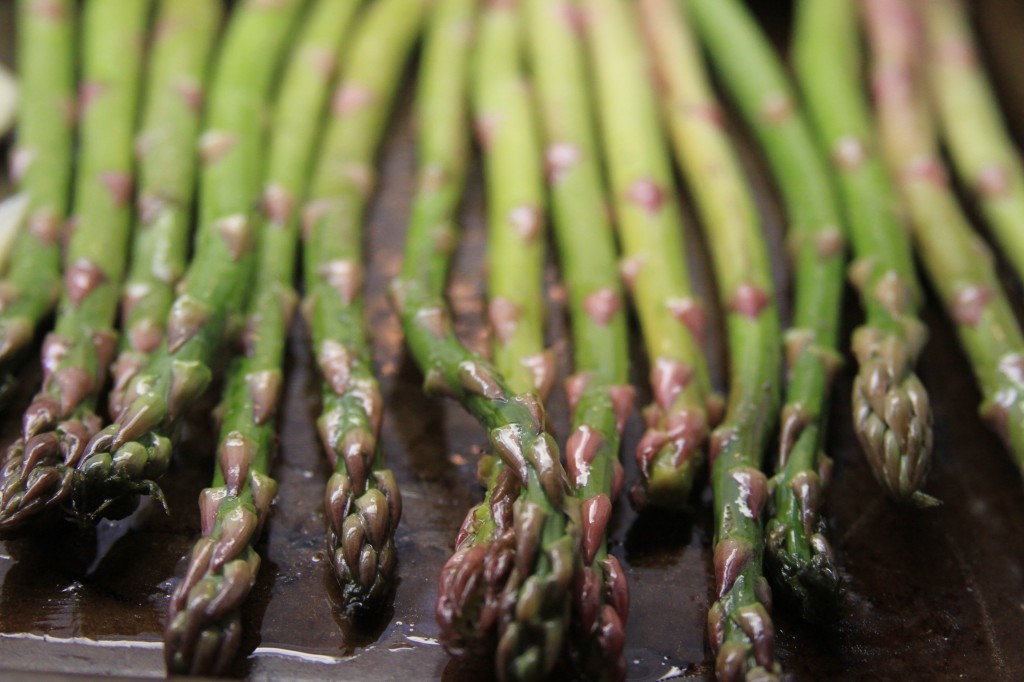
Photo by Maggie Gorman
Kids need lots of energy, way more than adults. As such, they instinctively turn towards the food which can provide them with lots of energy (especially in the form of glucose, the body’s preferred fuel). Vegetables aren’t very calorically dense, which means they don’t provide much energy. In fact, some vegetables contain so much indigestible fiber and so few calories that they may use as much energy to digest as they contain.
Biologically, it doesn’t make sense for children (with their massive energy needs) to eat foods that don’t provide them with energy. Of course, being the brilliant species that we are, we’ve somehow managed to mess this up and are now facing a childhood obesity epidemic. Go us.
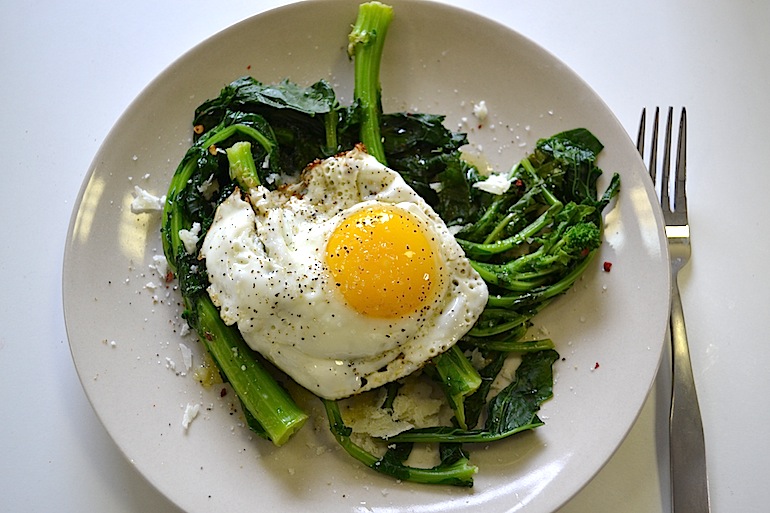
Photo by Amanda Shulman
Another biological factor causing children to dislike vegetables is their taste, and what that taste implies. A notable feature of vegetables, especially greens and cruciferous vegetables, is a slightly bitter taste. This bitter taste is caused by the calcium content, as well as the presence of beneficial compounds such as phenols, flavenoids, isoflavones, terpenes, and glucosmolates.
Not only do children possibly taste this bitterness more strongly than adults, they also have greater reason to avoid it. In nature, bitterness is a sign of poison and potential toxicity. The bitter compounds in vegetables are toxic in large amounts but are not concentrated enough to harm us. The trace amounts present in vegetables are actually beneficial, as we adults have learned from experience and observation.
Children, however, operate on instinct to a much higher extent than adults (rather than basing their decisions on other cognitive influences as we do). It makes sense for children to be more in tune with their natural instincts in this case, as their small bodies and less-developed capacity for detoxification cause them to be more susceptible to toxic overload than adults.
Time
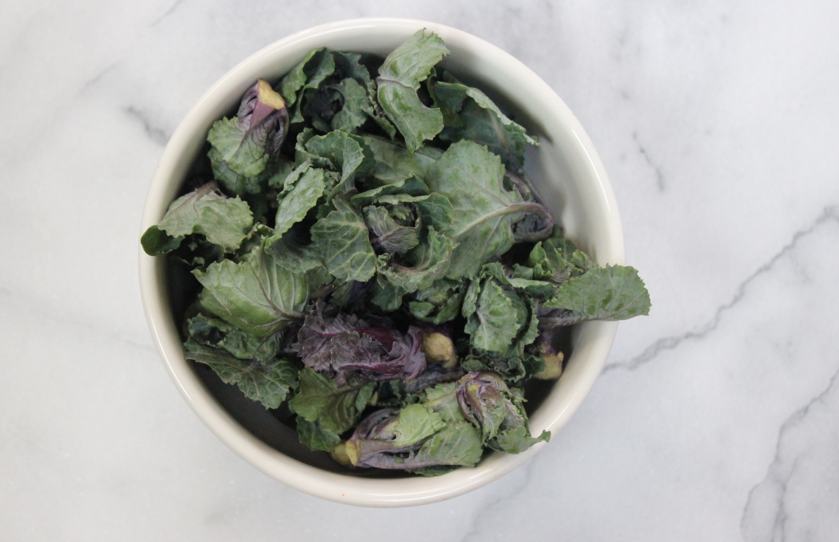
Photo by Katherine Baker
If the bitter compounds in vegetables signify possible toxicity, why do we, as adults, eat and enjoy them? Basically, it’s because we have had the time to discover that vegetables will not kill us. We’ve also built up a tolerance to their bitter taste through repeated exposure.
In the wild, when an animal is exposed to a potential new food source, they test its safety by trying a little bit, then allowing their body to fully process and digest it. If there are no ill effects, they will repeat the process again and again, a total of 10-15 times. After that, they will be confident that this food is safe and good for them, and they will implement it as a regular part of their diet. Humans tend to operate in a strikingly similar way.
The difference between children and adults is that children have not had as much time to try foods 10-15 times, nor have they spent enough time observing through others really clear proof that vegetables are not harmful. This is also why most people don’t like other bitter substances such as coffee, beer, and dark chocolate the first time they try them.
Paired Associative Learning

Photo by Phoebe Melnick
The final common reason why children don’t like vegetables may be due to the psychological concept of Paired Associative Learning. This association of a stimulus with a specific response (in this case, a vegetable with a feeling) does not work in favor of vegetables.
Children tend to associate processed foods that are high in fat and sugar (ice cream, cake, candy) with positive memories such as parties, holidays, celebrations, and rewards. They tend to associate vegetables with less positive memories, such as nagging parents and unpleasant meals during which they are forced to eat green stuff. This causes children to view junk foods as a reward, and vegetables as a chore.
Luckily, as individuals grow up, their associations often change for the better. We begin to associate vegetables with health, fitness, and success as adults.
What can we do?
Let’s get this straight — I’m no mother and am not offering parenting advice. I do, however, have a few suggestions for overcoming the technical problems outlined above.
Reduce the bitterness
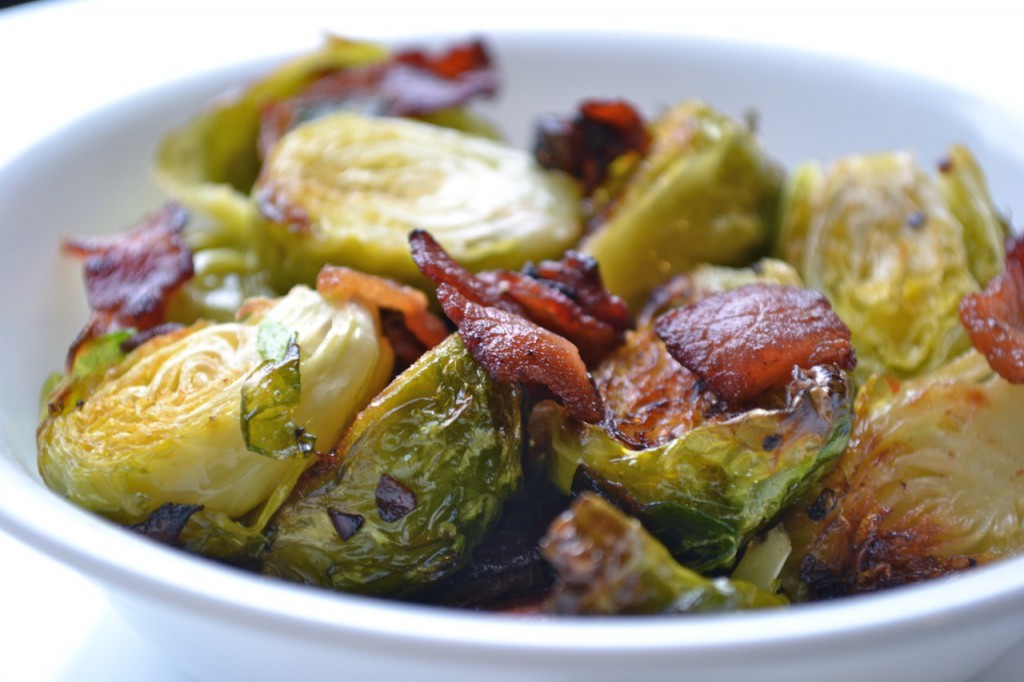
Photo by Kelda Baljon
The preparation methods of caramelizing, pickling, braising, and sautéeing have been found to reduce bitterness in vegetables, as well as the addition of fat, sugar, and salt. This isn’t an excuse to dump massive amounts of salt, refined sugar, and cheese on your vegetables, but the tasteful addition of something fatty, sweet, or salty may boost the palatability of a vegetable dish.
Make the food as familiar as possible
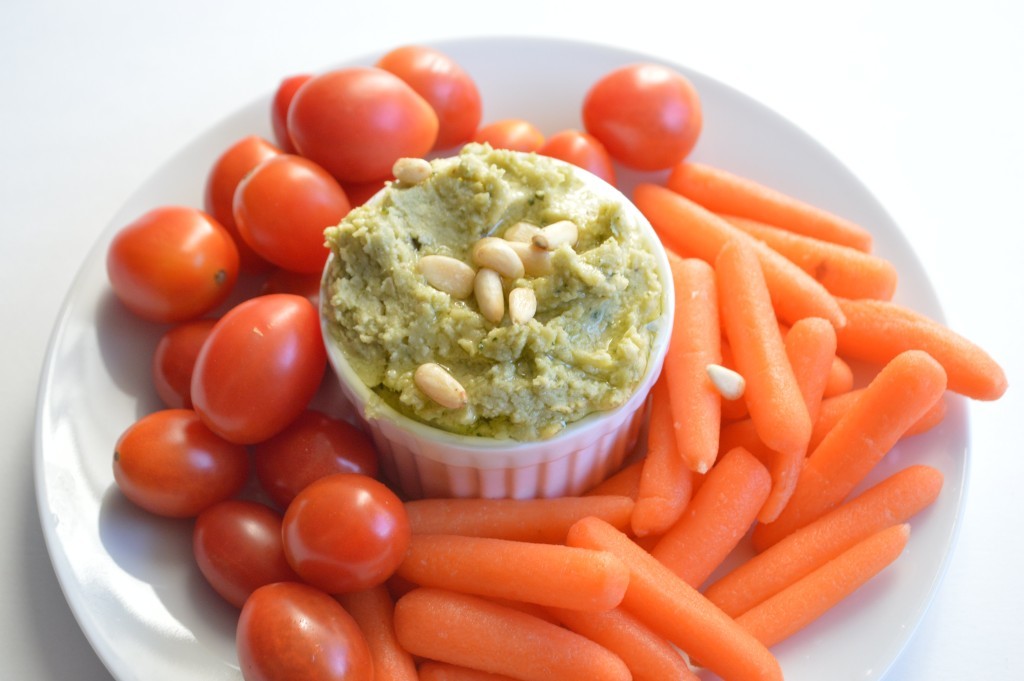
Photo by Keni Lin
Studies have found that children eat more raw vegetables when they are paired with a familiar dip. Along with reducing the bitterness, these trustworthy dips are familiar territory and help the unfamiliar vegetable appear less scary. Skip the ranch and other dressings high in vegetable oil, refined sugars, and other nasty ingredients. Opt for homemade hummus, yogurt-based dips (go for full-fat!), guacamole, salsa, natural peanut butter, or whatever sauce you create in your own kitchen with real ingredients.
If you prepare a dish with a vegetable that is unfamiliar to the child/person you are serving it to, make sure the vegetable is the only unfamiliar component. If you use cheese in it, for example, it should be a cheese that they know and like.
Repeat exposure
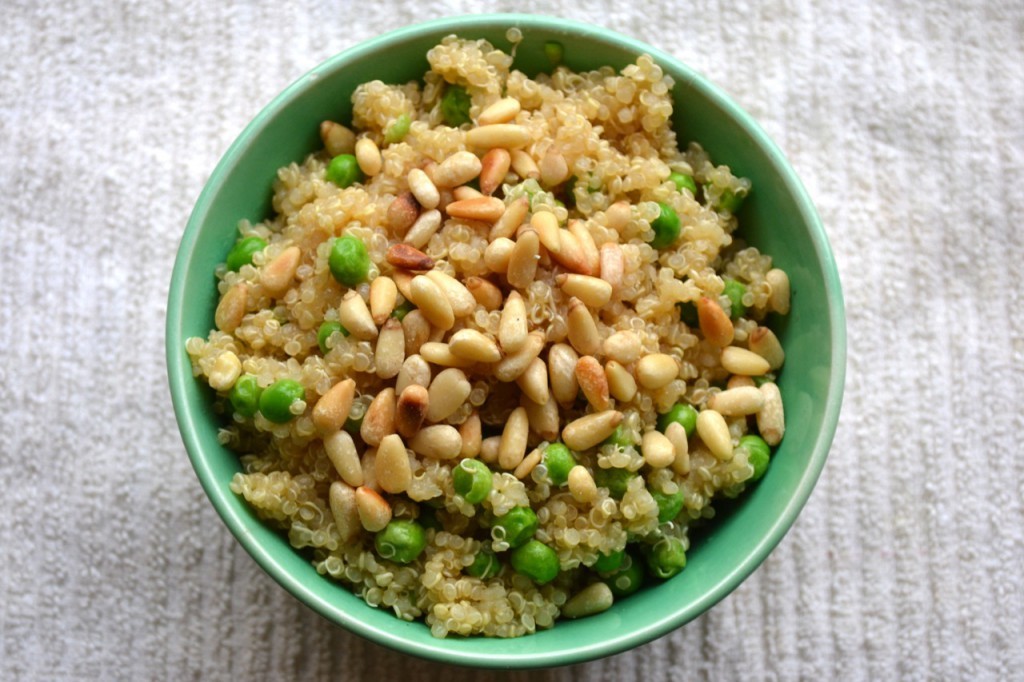
Photo by Kelda Baljon
When it comes down to it, exposure is everything. Whether you are trying to get somebody to like a particular vegetable or are simply trying to expand your own eating habits, 10-15 tries are often what it takes to really determine whether you will like a certain food or not.
If you are trying to like mushrooms, for example, this doesn’t mean you have to eat 15 huge servings of straight mushrooms. Instead, try incorporating mushrooms into a few beloved dishes, and try at least a bite every time. As it turns out, my mother knew what she was talking about when she told me that if I kept trying something, I would learn to like it.
Neutral/positive association

Photo by Lynden Orr
To avoid extreme associations, food should not be used as a reward or a punishment.If vegetables are offered alone before other food is put out, hungry kids tend to be more willing to eat them. While some gentle, firm pressure on kids to eat vegetables might be acceptable, it’s best to avoid nagging. Most of all, if kids often see others (you!) eating and loving vegetables, they will not be provided with much reason to form a negative association.


